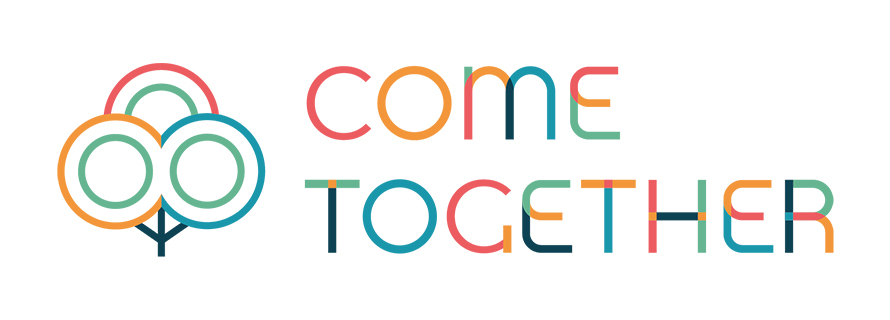In our recent workshops at the ScienceCenter-Network, participants were invited to explore this complex topic not only with their minds, but also with their senses and emotions. Through hands-on experiments and artistic imagination, the sessions opened new ways to connect scientific understanding with personal experience.
The workshops were conducted with young women aged 20 to 25 who are registered as unemployed or seeking work and currently take part in the FutureFactory Vienna programme. This programme offers free career guidance, knowledge expansion, and support in finding vocational training or employment.
Get hands on the physics behind climate change
The first part of the workshop focused on experiencing climate change through science. Participants explored the greenhouse effect and ocean acidification through simple, do-it-yourself experiments. Visible reactions—rising temperatures and changing water colours—made global processes tangible and relatable. Using everyday materials from the kitchen or household, helped facilitators to connect scientific principles to familiar, daily experiences. Participants also reflected on how scientific knowledge is created—discussing, for example, why controlling variables in an experiment is essential for drawing reliable conclusions.
Enable dialogue for mitigation measures
Beyond the physical effects, participants reflected on what these changes mean for life on our planet. In a discussion game called “Climate Perspectives,” participants worked with cards describing different measures to tackle climate change. They arranged the measures along a spectrum—from “likely” to “unlikely” to be implemented in Austria by 2040, and from “desirable” to “undesirable.” An important aspect of this activity is to shift the focus of climate action from an individual to a societal and political level, but still be able to discuss the impacts on individual lives. This exercise opened a space for personal viewpoints and life experiences to be shared, linking climate measures to participants’ daily realities and values.
Discover personal relation through creative expression
The second part, the “Climate Collage,” created space for imagination and empathy. In a guided exercise, participants closed their eyes and envisioned what climate change looks and feels like to them—whether it evokes hope, fear, transformation, or resilience. They then sketched their inner images and turned them into collective collages that expressed their shared reflections.
Together, both activities showed that climate communication can be as much about listening and feeling as it is about explaining and measuring. By combining scientific discovery with creative expression, we believe participants developed a richer, more personal relationship with the topic as well as practicing discussion culture and argumentation.
 |
| Observe colour change in water by acidification through CO2. Photo: Nina Kramer (SCN) |
 |
| Measuring pH Values of normal water and CO2-treated water where carbonic acid formed. Photo: Nina Kramer (SCN) |
 |
| Participants look for suitable pictures for their personal collage work. Photo: Nina Kramer (SCN) |
.jpg) |
| Assembling a personal image through cutting pictures and gluing parts together. Photo: Nina Kramer (SCN) |
 |
| Diverse results of climate collages. Photo: Nina Kramer (SCN) |

